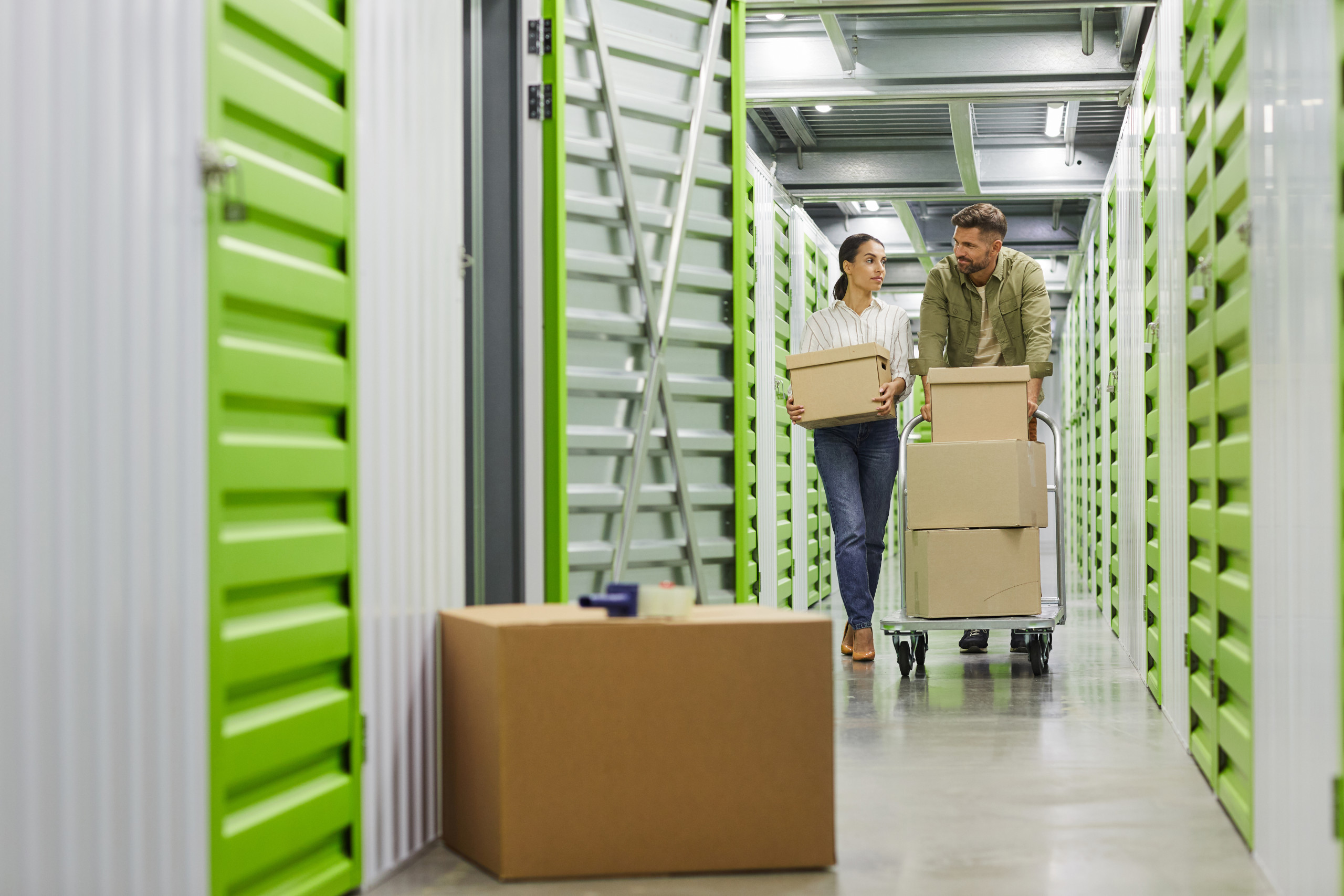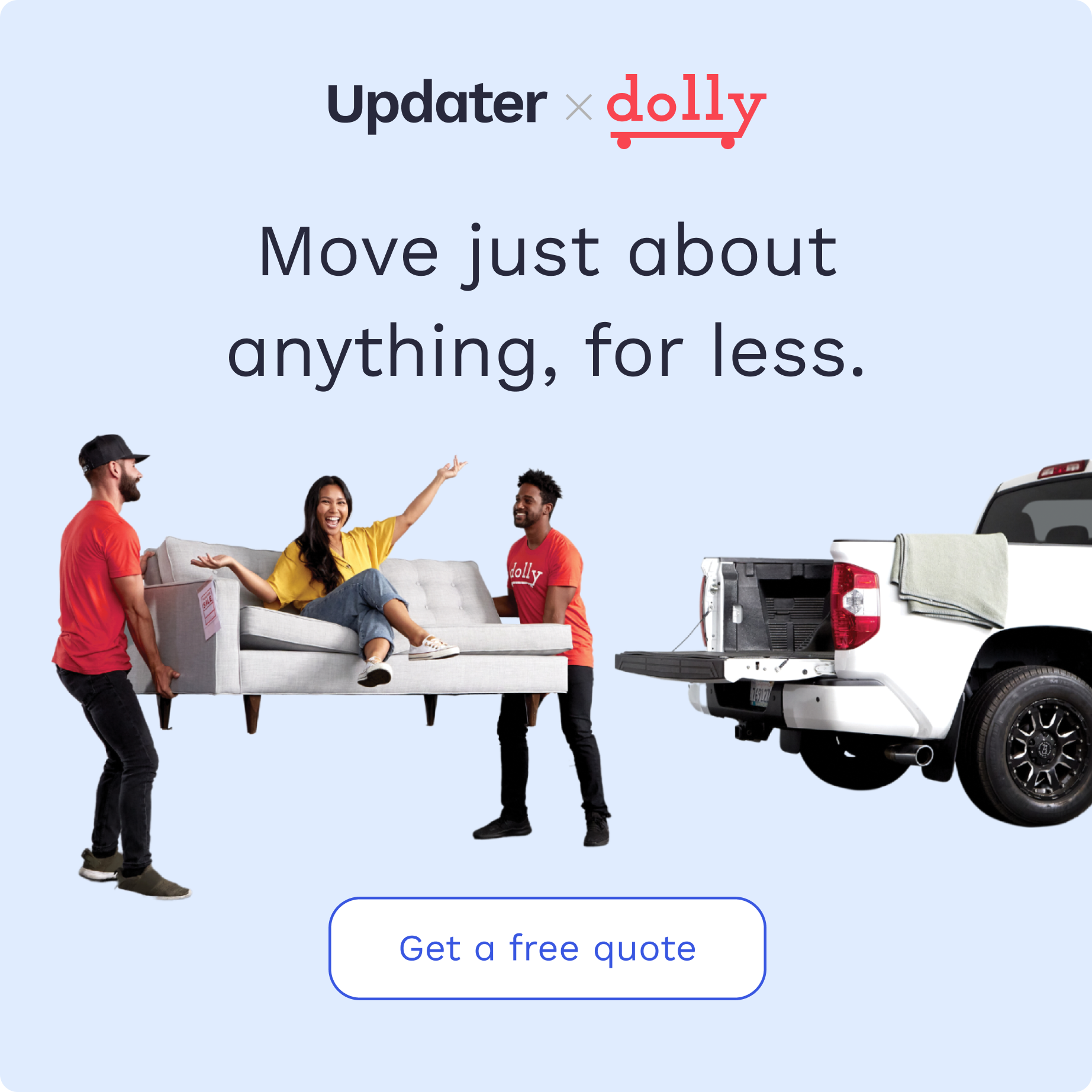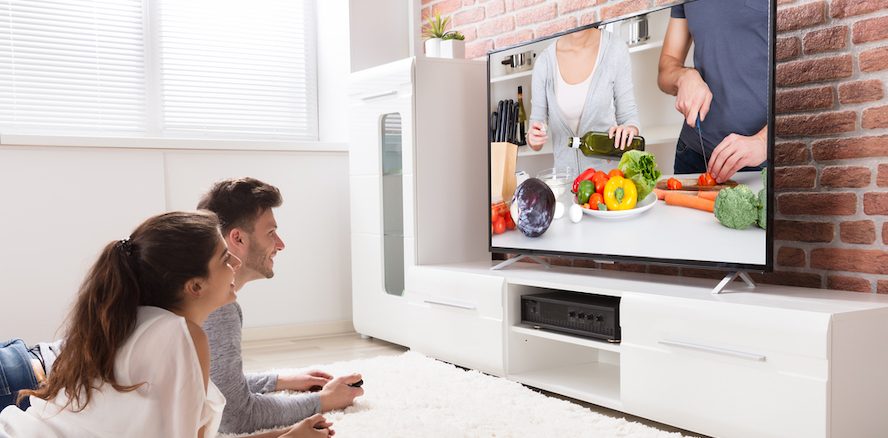Extra Space Storage Guide

Moving soon? Get organized with our free moving checklist.
It’s estimated that nearly 11 million people in the United States rent a storage unit in any given month despite having a garage, attic space, or both! This means that if you’re in the market for some extra space, you’re definitely not alone. In fact, considering that there are currently more storage units in the United States than McDonald’s restaurant locations, there’s no shortage of units to choose from – so how do you ensure you select the best storage unit for your needs?
If you’re in the market for some extra space but unsure where to begin, we’re here to help! From points to consider when choosing a storage unit, to selecting the right size, to properly packing your unit, this guide will walk you through some tips and tricks to make your storage unit rental experience a success.
Key points to consider when looking for a storage unit
Choosing a storage unit isn’t as simple as heading to a McDonald’s drive-through and ordering a cheeseburger. Instead, there are some key points to consider before making a decision.
Location
If you are planning to visit your storage facility often to either grab items or put new items in, you’ll want to consider choosing a unit that is conveniently located near where you’re living. On the other hand, if you’re moving across the country (or world) temporarily and won’t need to access your belongings on a regular basis, then location isn’t very important.
Accessibility
Realizing you may need to access your belongings on short notice then discovering the storage facility does not have 24-hour access and is, in fact, closed, is not a fun experience. If having access to your belongings at a moment’s notice or during late hours is a must for you, consider finding a facility that offers 24-hour self-service access. That way, you’ll never have to worry about hours of operation when you need to get your hands on your winter coat, pronto.
On-site security
Ensuring your belongings are safe at all times should be a priority of whichever facility you choose to go with. For this reason, consider asking about how they keep their facility secure. Gates around the property, surveillance cameras, and a well-lit facility or on-site security are all measures you can check for before.
Climate control
Depending on where you live and what you’re storing, whether or not a facility is climate controlled or not could be a major concern. Some items that are sensitive to both heat and cold include:
- Computers
- Laptops
- Stereos
- Video equipment
- Camera equipment
- Refrigerators
- Washer
- Dryer
If you’re storing any of the belongings above long-term in an area with big fluctuations in temperature, then opting for a temperature-controlled unit may be something to consider.
Time commitment
While many storage facilities offer month-to-month options, some may require a longer-term commitment.
For this reason, it’s important to have a realistic expectation of how long you’ll need the extra space. Once you have a number of months in mind, speak with the storage facility about their requirements. That way you can ensure you aren’t faced with early termination fees when you’re ready to bring your belongings home.
Cost
Cost is another consideration when choosing a facility. And while costs for units may vary greatly from one storage facility to the next, the flexibility of your budget won’t. For this reason, make sure you’re clear about how much you’re willing to pay and for how long before choosing a facility. In fact, having a solid price in mind might help you narrow down your options quite a bit. But also remember that some facilities are family owned and might be much more willing to work with you on price if asked.
Size
Last but certainly not least, choosing the right size unit is one of the most important considerations of all. On one hand, you don’t want to have all of your belongings shoved into a too-small unit that turns into a juggling act every time you need to get something out. On the other hand – you don’t want to pay for more space than you need. To help you better understand what you may be able to fit into different size units, the next section will give you some general guidelines for choosing a size.
How to determine what size unit you need
5′ x 5′
This size unit is taller than it is wide, which means it’s great for items such as lamps or stacking boxes. In general, you should be able to fit a small piece of furniture stored upright plus 6-8 boxes.
5′ x 10′
Imagine the size of a walk-in closet and that’s about the same size as a 5′ x 10′ storage unit. You should have enough room for 1-2 pieces of furniture plus around 10-15 boxes in this unit.
5′ x 15′
A 5′ x 15′ unit should be enough space to store furnishings and boxes from a 500 sq. ft. residence (but not enough room for major appliances like a washer, dryer, or refrigerator).
10′ x 10′
A 10′ x 10′ unit is about the size of a bedroom and, with proper packing, should fit the contents of about a 750 sq. ft home and even a few large appliances.
10′ x 15′
This unit should be large enough to store the contents of about 1,000 sq. ft home, including your major appliances.
10′ x 20
A 10′ x 20′ storage unit should fit all the contents of a 1-2 bedroom apartment or 1-bedroom house. Need to store a vehicle? If this unit is configured correctly, this size might be a good option.
10′ x 30′
This unit should be large enough to fit all the items from a 3-bedroom apartment or a 2-3 bedroom house. If you have a large vehicle or boat to store, this size unit might be your best option.
Tips for organizing your storage unit
Now that you’ve found an affordable storage unit in the perfect area with all the features you need, it’s time to make sure you maximize your space.
Create an inventory list
Before you start packing boxes, take an inventory of everything you’re moving to storage. Not only will this help you remember all the items you’ve moved into storage, but it will help you prioritize how you pack the items into boxes.
Clearly label boxes
Do you want to spend a Saturday afternoon pulling boxes out of storage and searching each one for those winter boots you packed last summer? Probably not. To save yourself from a future hassle, take some time now to label each box with the list of contents. You can also assign each box a number and draw a diagram of where you place each box for even easier access in the future.
Take furniture apart when possible
In order to maximize space, take apart furniture whenever possible. For instance, remove legs from tables and remove headboards and footboards from bed frames. Doing so will allow you to condense the amount of space large items take up and create more room for other items.
Pack it like a moving truck
Not sure how to pack your storage unit? Approach packing it the same way you’d pack a moving truck. Place heavier items like large appliances near the back. Also place things you know you won’t need anytime soon near the back, too. Place seasonal items you might need sooner rather than later near the front.
Stack with care
When stacking boxes, stack heavier boxes near the bottom and lighter boxes near the top. Also, keep in mind that cardboard boxes will break down over time and might not be the best solution for long-term storage. If you know you’re going to have your items in storage for an extended period of time, consider investing in plastic storage containers with locking lids. This investment will also make seeing the contents of each box easier and better protect your items from the elements.
Leave a path to walk (when necessary)
For larger storage units, don’t forget to leave a path so that you can get to your belongings more easily. After you’ve taken the time to carefully inventory, pack, and stack your belongings, not being able to reach them when you need them might potentially cause a lot of frustration. Plan ahead and make sure there is a walking path now to save yourself a headache in the future.
Let the extra storage space search begin
Whether you are in need of extra space for a short amount of time or long term, there are many key points to think about when choosing a storage unit. Location, access, security, cost, and size are all important details. Once you’ve chosen a unit and are ready to move your belongings in, don’t forget to take some extra time to strategize how you’ll pack the unit. This way, you’ll have hassle-free access to whatever you may need between now and when you can be reunited with your belongings in your home again.













